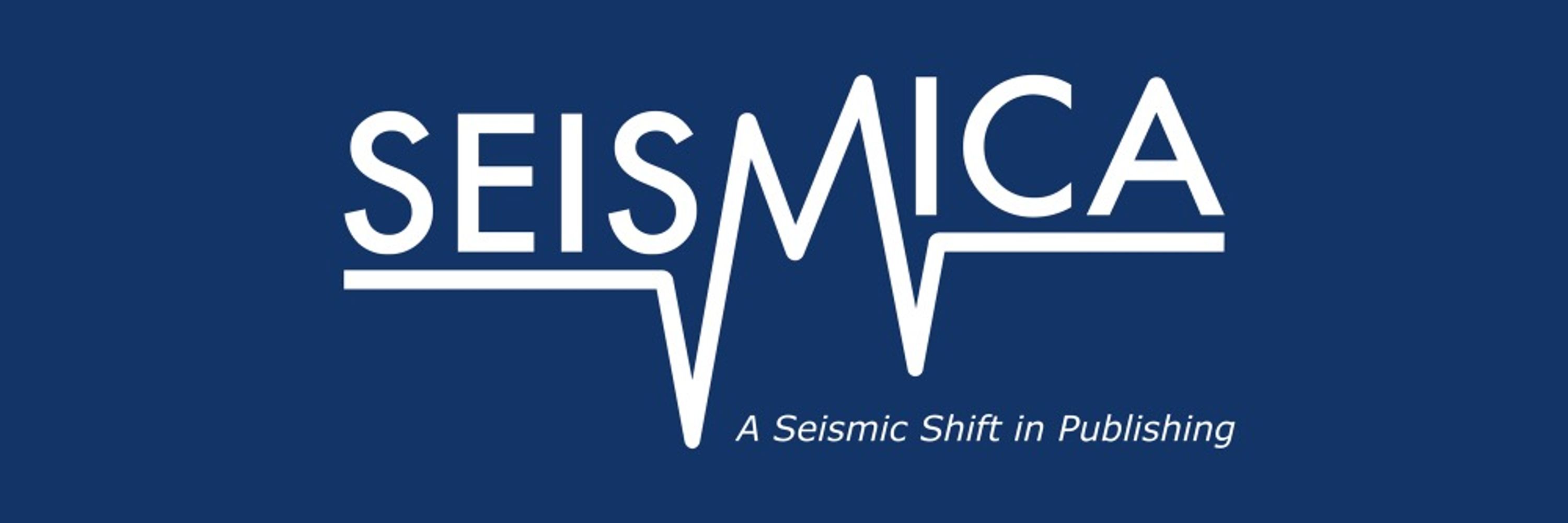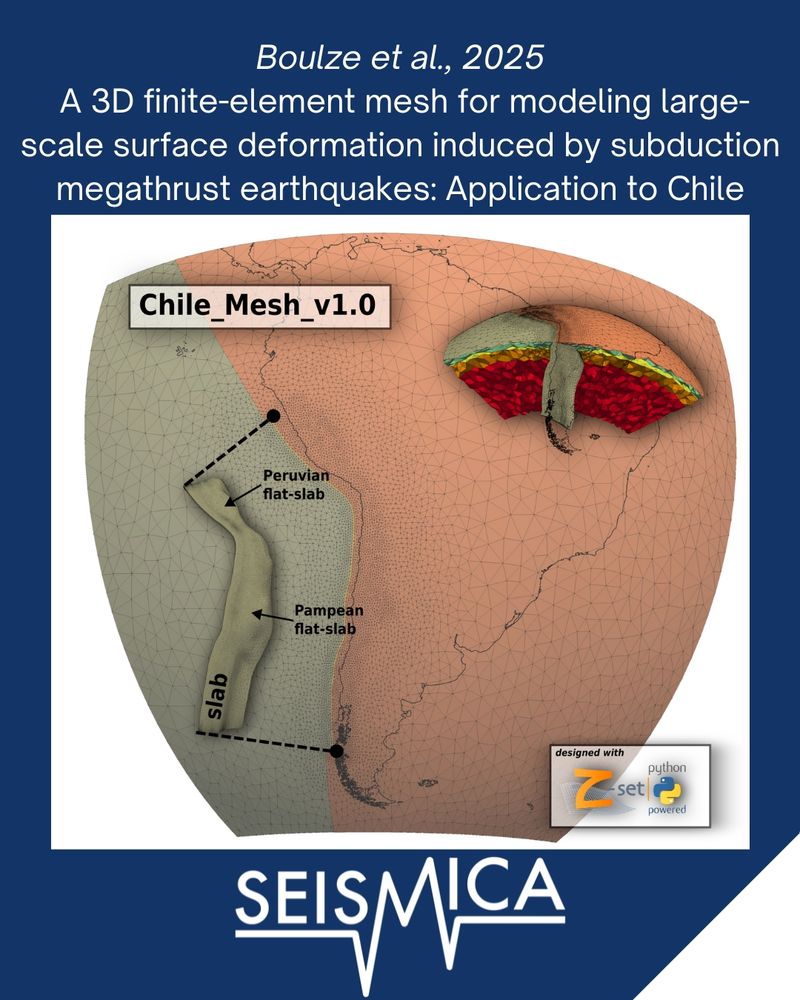Seismica
@weareseismica.bsky.social
3.2K followers
23 following
300 posts
Community-driven Diamond Open Access journal for seismology and earthquake science. seismica.org
Become a reviewer: http://reviewer-database.seismica.org
Posts
Media
Videos
Starter Packs






















